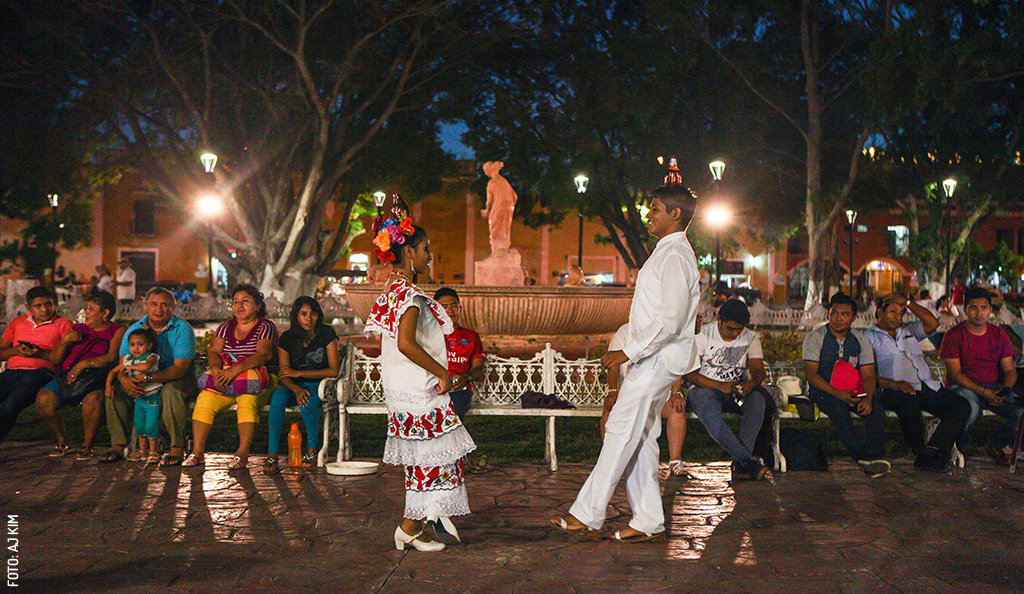
Top 5 Hidden Cenotes Near Chichén Itzá: An Unforgettable Adventure
When travelers think of cenotes, they often picture themselves floating in crystal-clear turquoise waters, surrounded by lush nature in total serenity. However, reality can be quite different—many well-known cenotes are often overcrowded, taking away from the magical experience.
Cenotes are natural sinkholes formed over millions of years, with origins tied to the cataclysmic asteroid impact that contributed to the extinction of the dinosaurs. Over time, rainwater filtered through soft limestone rock, creating a vast underground network of freshwater pools. These cenotes played a crucial role in sustaining the ancient Maya civilization, serving as a vital water source and holding deep spiritual significance.
Today, cenotes remain a major attraction in the Yucatán Península. Nearly 40% of visitors to the region make their way to these breathtaking natural wonders, while the nearby UNESCO-listed Chichén Itzá draws over two million visitors annually. But for those seeking a more intimate, off-the-beaten-path experience, here are five of the best-kept secret cenotes near Chichén Itzá.
1. Cenote Lol-Ha – A Hidden Gem in a Historic Village
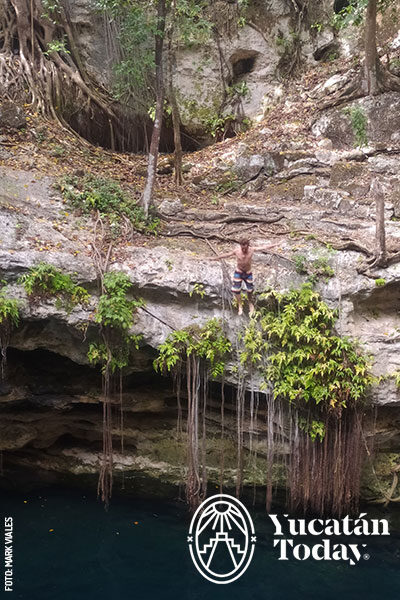
Nestled in the tranquil village of Yaxunah, Cenote Lol-Ha offers a picturesque escape with its inviting, open-air waters. This medium-sized cenote provides the perfect setting for a peaceful swim away from the crowds. Yaxunah itself is steeped in history—it was once a key trading hub for the Maya and is now home to the Amazonas de Yaxunah, a renowned indigenous women's softball team that plays barefoot in traditional hipiles—the regional dress of Yucatán.
Unlike more commercialized cenotes, Lol-Ha remains in its natural state, offering visitors a glimpse into what these freshwater pools looked like centuries ago. The cenote is surrounded by jungle, providing a serene and immersive experience. The water is cool and refreshing, making it an ideal spot to relax after exploring the archaeological site of Yaxunah, which is less crowded than Chichén Itzá but equally fascinating.
Distance from Chichén Itzá: 14 miles
Entrance Fee: $100 pesos
How to Get There: Taxis or moto taxis from Pisté or Chichén Itzá charge around $100 pesos.
2. La Laguna Verde – A Place of Myths and Legends
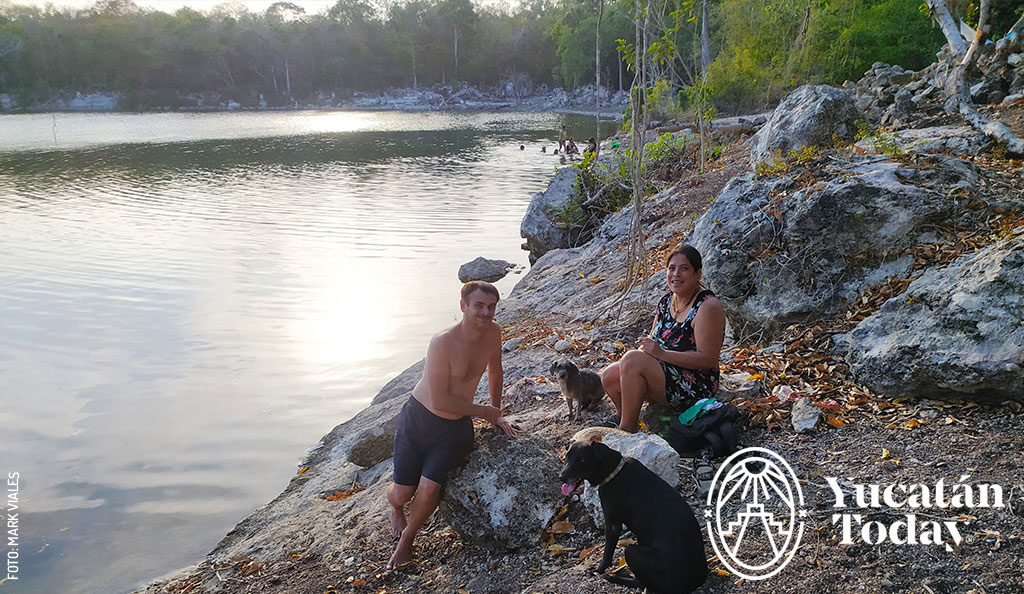
The Green Lagoon is steeped in local folklore, with tales of Tsukan, a mythical serpent guardian believed to dwell in its depths. According to legend, the spirit snake creates a whirlpool at the center of the lagoon, lifting itself into the air. Despite its eerie reputation, the Green Lagoon is a favorite weekend retreat for local families. Its vibrant ecosystem teems with wildlife, from tiny tadpoles to fish that provide a free, natural pedicure by nibbling at visitors' feet.
This cenote stands out not only for its mystical stories but also for its stunning natural beauty. The water has a greenish hue due to the surrounding vegetation, and the overhanging trees create a shaded oasis perfect for relaxation. The Green Lagoon is an excellent place to observe the delicate balance between water and jungle life, as birds, frogs, and small mammals frequently visit the area.
Distance from Chichén Itzá: 20 miles
Entrance Fee: Free
How to Get There: Take a taxi or moto taxi from Libre Union (50 pesos) or Yaxcabá (100 pesos).
3. Cenote X’tojil – A Window into Maya Art and Spirituality
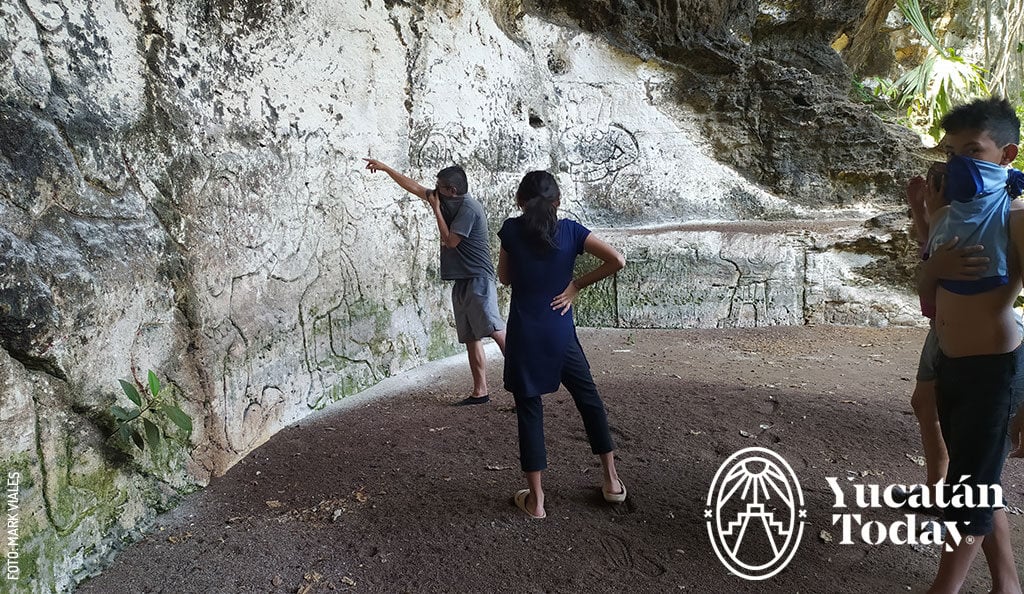
Just a short walk from the Green Lagoon, Cenote X’tojil is not meant for swimming but for exploration. This medium-sized cenote houses an astonishingly well-preserved Maya mural carved into its limestone walls. The mural depicts warriors, priests, and a sacred frog adorned with water droplets—an ancient symbol of rain and fertility. Interestingly, both Cenote X’tojil and the Green Lagoon still support large frog populations, a testament to their interconnected ecosystems.
Unlike many cenotes, which are known primarily for their recreational appeal, X’tojil provides insight into the Maya civilization's spiritual beliefs. The artwork suggests that this cenote was used for ceremonial purposes, possibly linked to rain rituals. Exploring the site offers a rare chance to see how cenotes were more than just water sources—they were revered as portals to the underworld in Maya cosmology.
Distance from Chichén Itzá: 22 miles
Entrance Fee: Free
How to Get There: Take a taxi or moto taxi from Libre Union ($50 pesos) or Yaxcabá ($100 pesos).
4. Cenote Popolá – An Untamed Jungle Sanctuary
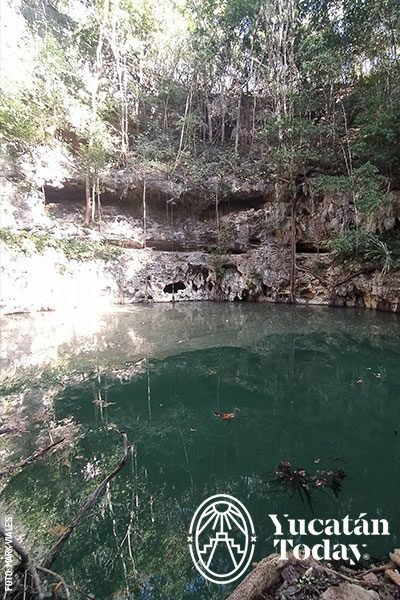
For those craving a true adventure, Cenote Popolá offers an untouched, wild beauty that makes it both thrilling and intimidating. Tucked away in dense vegetation, this medium-sized cenote was once renovated for tourism but later abandoned, allowing nature to reclaim its surroundings. Visitors may spot native stingless Melipona bees hovering over the water for a drink, adding to the cenote’s tranquil and pristine atmosphere.
The journey to Popolá adds to the adventure, as it requires a bit of trekking through unmarked jungle trails. The isolation enhances its mystical aura, making it a perfect destination for travelers seeking solitude and immersion in nature. Unlike busier cenotes, Popolá offers a chance to experience the wild, untouched landscape of the Yucatán.
Distance from Chichén Itzá: 12.5 miles
Entrance Fee: Around 80 pesos (local guides available at the village ministry)
How to Get There: Taxis or moto taxis from Pisté or Chichén Itzá charge around 50 pesos.
5. Cenote Cantó – A Haven for Birdwatchers
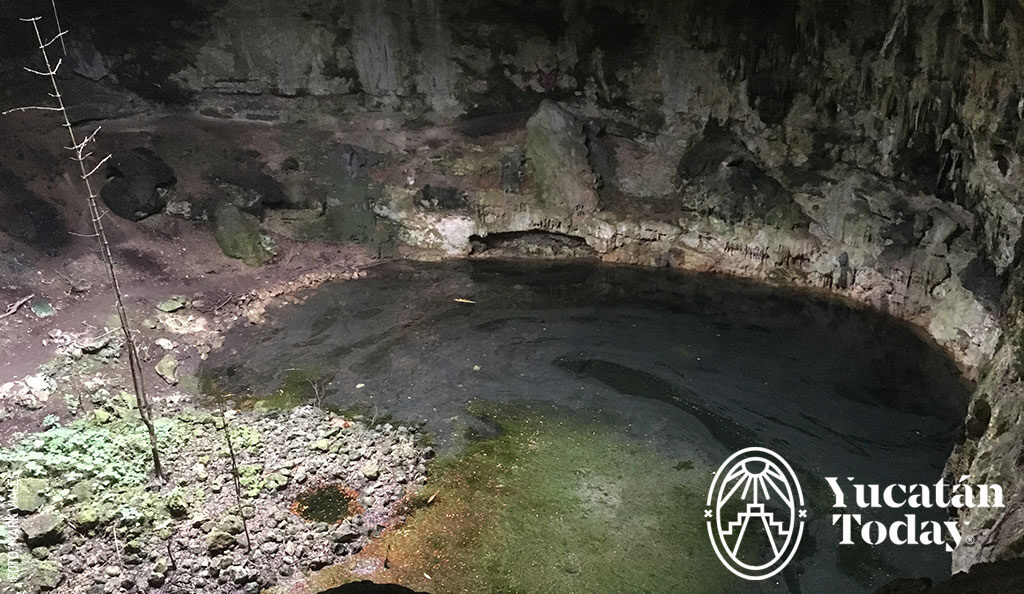
Bird enthusiasts will find Cenote Cantó to be a paradise, teeming with exotic avian life. This large semi-open cenote is home to a variety of tropical bird species, including the Yucatán Great Horned Owl and the iridescent Motmot bird. Each evening, between 5 and 6 pm, hundreds of birds gather in the cenote’s center, forming a breathtaking vortex as they feast on insects. While the water at the bottom may be murky, this cenote offers an incredible opportunity to observe the symbiotic relationship between cenotes and the jungle ecosystem.
In addition to birdwatching, Cantó is an ideal location for nature photography. The changing light at sunset creates dramatic reflections on the water, making it a favorite spot for photographers capturing the diverse wildlife of the Yucatán.
Distance from Chichén Itzá: 27 miles
Entrance Fee: Free
How to Get There: A 40-minute walk or a 15-minute bike ride from Valladolid city center (bike rentals available).
Final Tips for Visiting Remote Cenotes
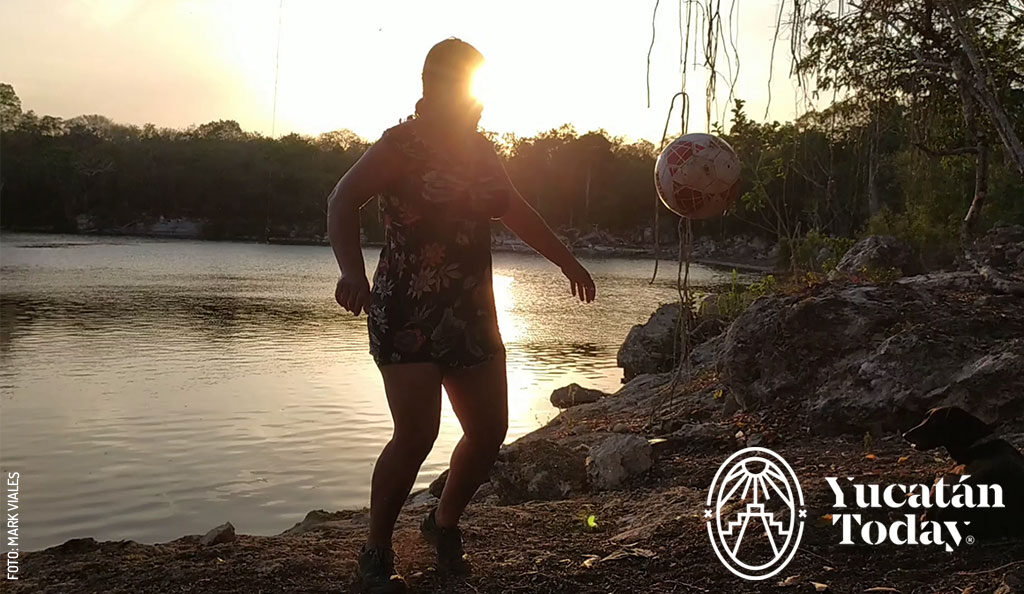
While these hidden gems promise adventure and tranquility, they are not for the faint-hearted. It’s always advisable to visit with a companion, carry sufficient drinking water, and let someone know your itinerary before venturing into remote areas. With the right preparation, these secret cenotes near Chichén Itzá will provide an unforgettable experience, immersing you in the raw beauty and rich history of the Yucatán Peninsula.
Photography by Mark Viales for use in Yucatán Today.
First published in Yucatán Today print and digital magazine no. 448, in April 2025.

Author: Mark Viales
Independent international journalist from the Rock of Gibraltar. A singer-songwriter with a passion for travel, and a command of four languages.
In love with Yucatan? Get the best of Yucatan Today in your email.
Don't miss our best articles and the monthly digital edition before anyone else.
Related articles
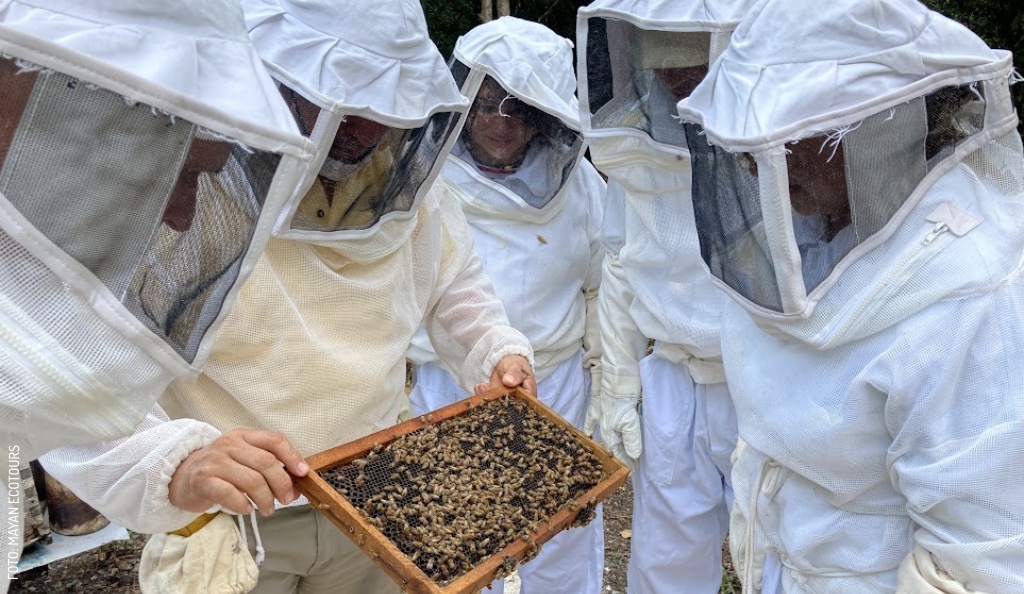
Mayan Ecotours, an Authentic Experience of Conscious Ecotourism
Discover the essence of conscious ecotourism with Mayan Ecotours, immerse yourself in authentic cultural experiences. Support sustainable tourism!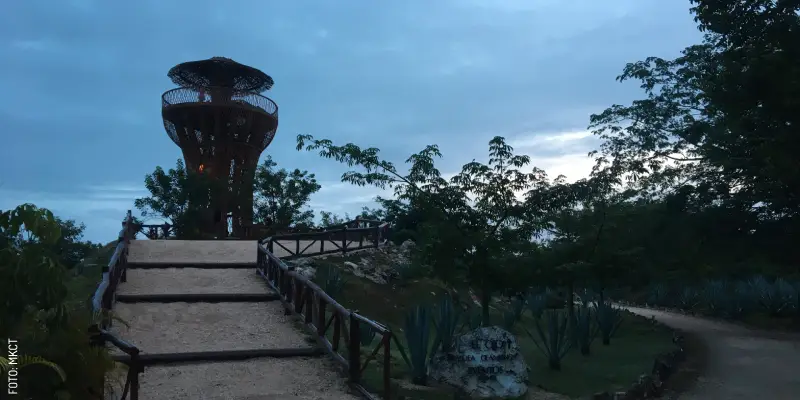
Destino Mío Mayan Jungle Retreat by AKEN Soul: A retreat in the jungle
A retreat in the Maya jungle proclaims the slogan of Destino Mío Mayan Jungle Retreat by AKEN Soul, and it truly lives up to the hype. Discover more!